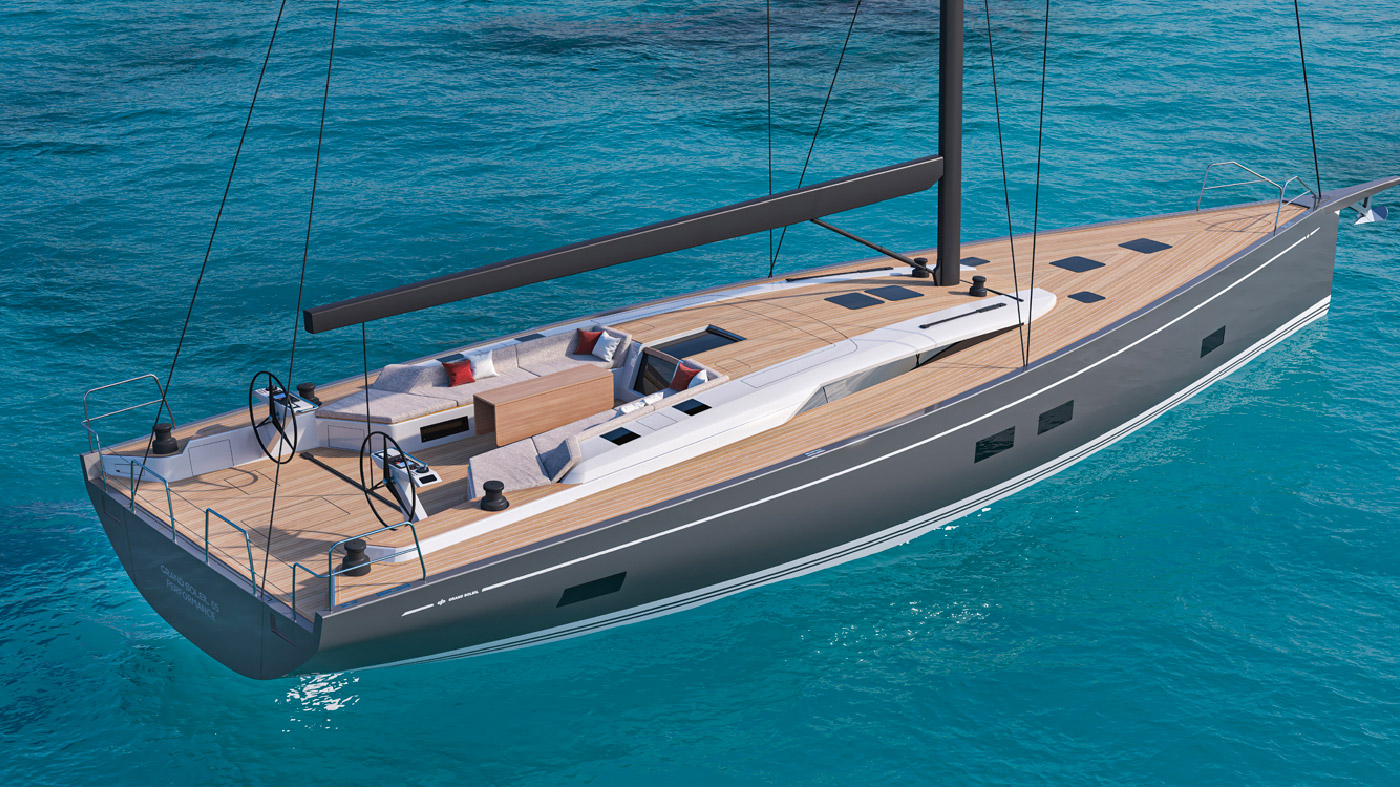Leggi l’articolo in italiano
We abused it as no one should ever do.
We towed it for more than 800 miles, with an outboard on its transom and in rough sea.
We approached the beach like like we were on a military landing means, regardless of the bottom’s frictions on the sand.
We regularly used its tubulars with steps to get on and off the boat, always in our sleepers, to just mistreat it.
But it was unimpressed and it always reciprocated with a total reliability which gradually seduced us.
But let’s go step by step and let’s start from the beginning…
Construction, components and standard equipment
Inflated for the first time in our newsroom, Selva Marine 270 VIB immediately showed its resilience and solidity thanks to its strong non-slip material ( a very important quality considering that tenders are always moist and sliding on them is not a beautiful thing).
The tender was delivered to us in its standard package which contains a well-equipped kit including an inflating pump, a manometer to measure tubolars and keel’s pressure, a reparation kit, a valves key, a couple of oars, a towing/mooring rope, a central seat and a carrying backpack provided with some hoist belts we’ve particularly appreciated because they made transport very easy.
This tender is made of a very resistant 1100 g/sq.m PVC, it weigths 26 Kg and it has a double fender profile along all its perimeter; on the stern, two high-pressure keel extensions (two real flaps) help the tender to surf and passengers to get on.
The inflatablea keel is made up of two high-pressure inner tubes (0.8 b) which form a V-shaped bottom, very evident on the bow and thiner on the stern.
Tubes are large (43 cm) and give the tender a great stability. The central seat is fixed through a very simple installation system and it gives additional lateral solidity to the structure which includes 5 compartments in total, 3 of which for tubes and 2 reserved for the keel.
The central bench is placed to row with the back to the bow, oars are made up of two sections and their pins have high-quality blocks and junctions.
Selva Marine 270 VIB is approved in EC C standard design category and it has a 3+1 passengers capacity for a maximum load of 664 Kg (passengers + equipments + engine).
It is 267 cm long and 153 cm wide and it can be equipped with a short-shaft 8 HP outboard.
Sea Trial

In total, we towed it for 800 miles at an average speed between 3 and 8 knots. It was equipped first with a Torqeedo 503, then with a Selva Sea Bass 5. By clicking on the links, you’ll find the articles about the respective sea trials.
Now, let’s see how it performed in the different situations
In tow
Towing a tender is a very frequent situation.
During our test, we maybe exaggerated this concept and we always towed our tender. Its V-shaped keel allowed a straight course with few lateral moves and a consequent excellent dynamic stability.
We hauled our tender yesterday and we checked it: no signs of strain in its 3 anchorage points, all the rings reserved to towing are reinforced and they suffered nothing although we had decided not to follow Nico Caponetto’s advice about the ideal towing.
Rowing
The tender lends itself for rowing, the central bench is placed correctly and it allows to row well and in the right position, that is with the back to the bow.
We rowed even when wind reached 20 knots, with little rough sea and two passengers aboard: the necessary strain was always “humain” enough.
Motorsailing
During our 40-day-test, we used Selva 270 VIB with two very different engines: first a Torqeedo 503, later a Selva Marine Sea Bass 5 HP.
With the first engine, we reached a top speed of 4 knots. The V-shaped bottom of the tender allows a surprising directional stability, while its large tubes allow an excellent handling at low speed.
The high bow and the large tubes makes it a very little wet tender, so it’s an excellent solution if you want to get off and reach a restaurant on the coast.

We tested the tender even with 6 passengers aboard and, so long as we distributed our weights properly, the tender was always stable and safe.
Conclusions
As you may have guessed, we liked this stable fast tender very much.
It’s the ideal link between small and big tenders, provided with engines up to 20-30 HP.
Despite its size (just 270 cm), it’s very comfortable.
The only problem we encountered was that stickers didn’t want to stay attached to the tubes, so we finally gave up…
https://youtu.be/5hEbTF1_Qrs
https://youtu.be/QkkgnasmK5g






























